The Clean Water Act (CWA) has been under attack for decades. The unsurprising culprit: Big Industry’s repeated attempts to secure a free pass to pollute. With the fate of the Clean Water Act hanging in the balance, the Supreme Court delivered a momentous verdict on County of Maui v. Hawai’i Wildlife Fund on Thursday, April 23.
The decision sets a critical precedent for maintaining a strong and effective Clean Water Act. It holds polluters accountable. Is it safe to call this one a win?
Keeping Our Water Clean Since 1972
The Clean Water Act is widely considered one of the nation’s most effective environmental laws. Since its creation in 1972, the CWA has withstood innumerable attempts to weaken its regulations. But what does it really do?
The federal government passed the CWA to protect American waters from pollution, ensuring they remain “fishable and swimmable.” Functionally, it requires industry (such as agriculture, manufacturing, and oil companies) to receive a permit to justify adding “any pollutant to navigable waters from any point source.”
Point source refers to the initial source of the pollution. Seems pretty straightforward, huh? Think again.
The law is vulnerable. Its language remains vague and stakeholders manipulate interpretations to suit their needs. Industries recognize this vulnerability, making the CWA a subject of frequent attacks.
The Clean Water Act case
Let’s revisit the case in question: County of Maui v. Hawai’i Wildlife Fund.
The county-owned wastewater treatment plant that spewed three to five million gallons of treated sewage into groundwater daily. Unfortunately, the effects went beyond groundwater contamination.
The wastewater traveled to the Pacific Ocean, depositing excess phosphorus and nitrogen that devastated the Kahekili Beach Park coral reef, a beautiful natural reef and popular tourist destination.
Although the Supreme Court delivered this critical win for environmentalists last week, the litigation began back in 1982, when the Hawaii Wildlife Fund and other environmental groups first sued the County of Maui to clean up its own mess.
The Punch Bowl Problem
The case centers on the County of Maui’s belief that the CWA only covers direct pollution discharge, not pollution that travels through groundwater. Because the county didn’t dump their wastewater directly into the ocean, they viewed any punishment as completely unjustified. The Trump administration decided to go against 40 years of EPA precedent and sided with the County of Maui.
Lower courts ruled in favor of the environmental groups who originally brought the suit. The plaintiffs then tried to work with the County to find productive alternatives to paying millions of dollars in legal penalties. Local environmentalists suggested the County fixed the problem by using the treated wastewater for irrigation, instead of discharging it into groundwater. However, the County decided not to settle, bringing the case all the way to the Supreme Court.
In typical legal fashion, the decision centered around the interpretation of a single word “from” in the following phrase regarding the mandate of the Clean Water Act: “any pollutant to navigable waters from any point source.”
The legal argument
The County of Maui argued that the pollution came “from” the groundwater, not directly “from” the sewage treatment facility. Their lawyer shared a memorable, if not misinformed, metaphor:
“If I pour whiskey from a bottle into a flask and then I bring the flask to a party at a different location and I pour whiskey into the punch bowl there, nobody would say that I had added whiskey to the punch from the bottle.”
The county claimed that the logic follows that the whiskey comes from the flask, the place from which it was just poured, to justify the argument that they were not responsible for pollution that entered the ocean from the groundwater. After all, why should they accept blame for tons of sewage leaching into the ground and magically entering the ocean? That’s a total coincidence! (see: sarcasm).
David Henkin, the plaintiffs’ lawyer, responded with the ultimate burn, saying “Congress was trying to prohibit whiskey in punch.” He referred to the motivation for creating the CWA: to keep our nation’s waters perpetually clean and un-whiskied. He argued that when you taste whiskey in the punch, you’d blame the original source, the bottle. And the Supreme Court seemed to agree. So next time you go to grab a nightcap, make sure to get a permit.
Call to Action
CWA isn’t out of the woods yet.
Nonetheless, last week’s decision is a big win for waters around the nation, not just in Hawaii. The decision sets a precedent for regulating indirect sources of pollution. Past decisions will need to be re-evaluated, like the 2018 appellate court rulings that ruled against requiring permits for coal ash impoundments. Groups like the Hawaii Wildlife Fund set a perfect example of what can happen when you fight against environmental injustice.
We are privileged to live in a country with a justice system that enables an environmental group to overrule a government-run wastewater treatment plant. Behind the scenes, groups like Earthjustice fight daily to represent our interests and protect the planet.
We must continue to educate ourselves on the nuances of the environmental laws that exist to protect us. When they come under threat, we can mindfully use our voices to fight for our right to drink clean water!
You can find more information about other landmark environmental supreme court cases here.
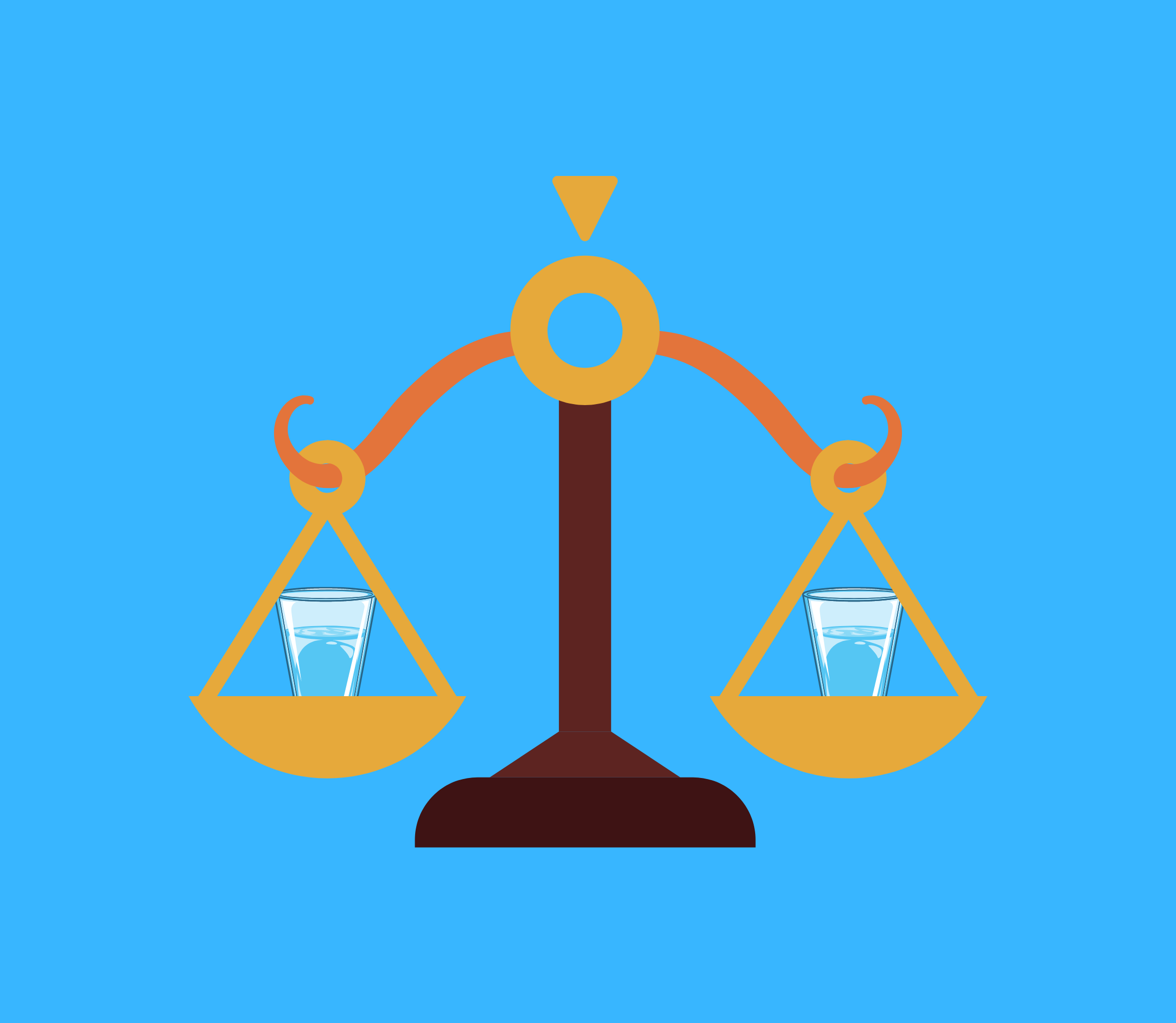


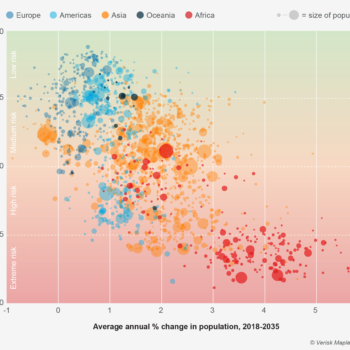
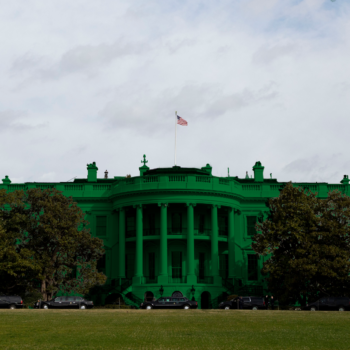

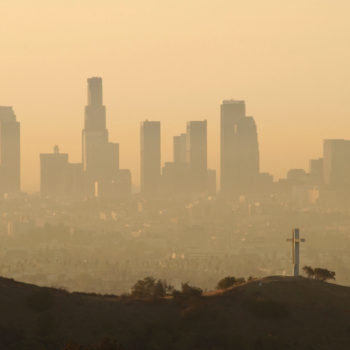
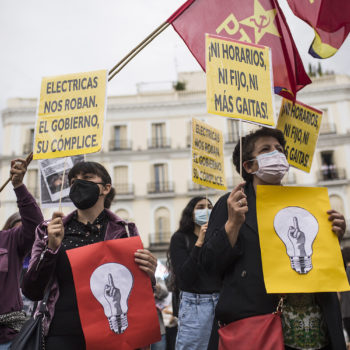
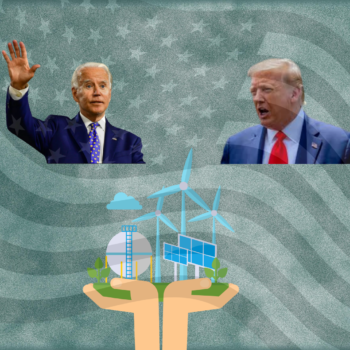
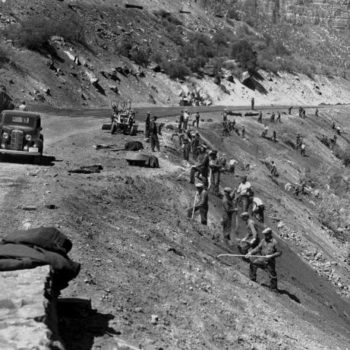
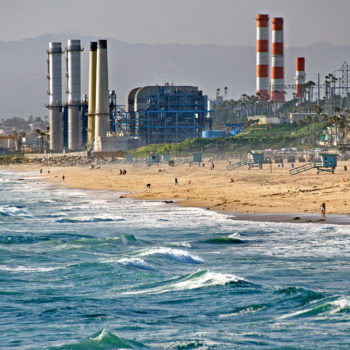


No Comments